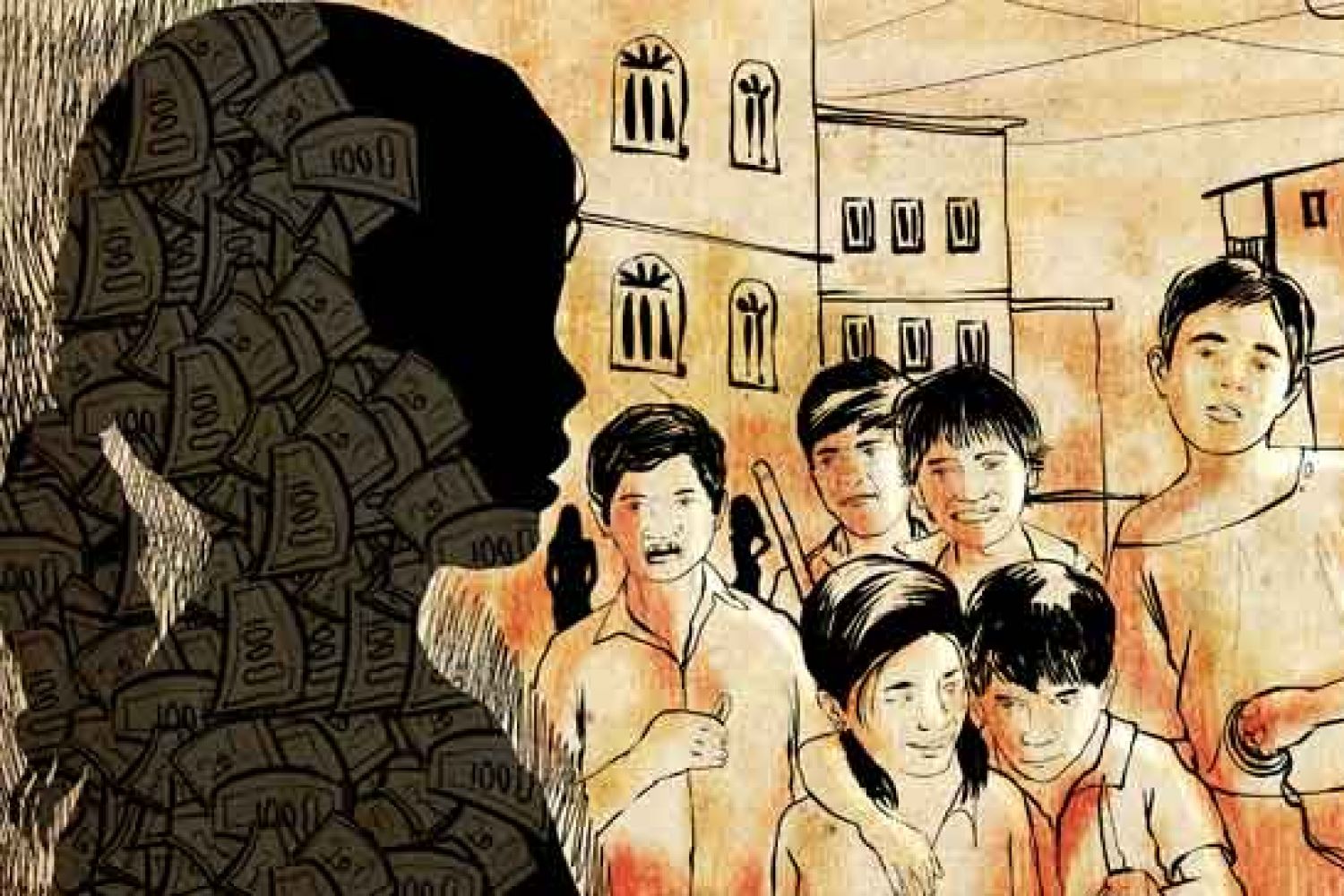
Sonali stares proudly at the three hundred-rupee notes, a couple
of fifty rupee-notes and an assortment of smaller notes bunched up in
a smelly handerkerchief, in addition to a wristwatch and umbrella.
The watch and umbrella together will fetch another two hundred rupees
or so. She has managed a full pack of cigarettes, another with three
or four, a lighter and half a bottle of rum.
Quickly, she hides one of the hundred rupee notes and the loose
cigarettes—just seconds before her brother





